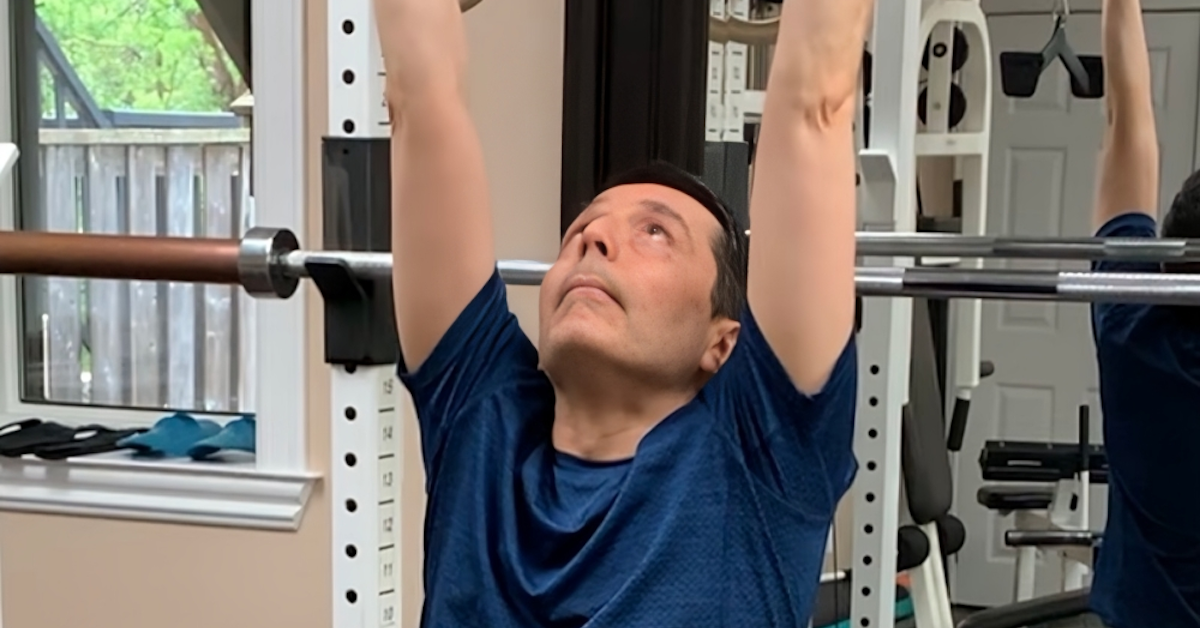I like to program ring dips after 3–4 rounds of parallel-bar dips. The rings force your stabilizers to work harder, which not only makes the exercise more demanding but also carries over to stronger performance back on the parallel bars. And with more strength, you can build more muscle.
That’s the upside. The downside is that ring dips have been linked to a high rate of chest and shoulder injuries, particularly in CrossFit circles. The main culprit? Performing them in a ballistic, uncontrolled manner — bouncing out of the bottom position puts a huge amount of stress on vulnerable joints and soft tissues.
To stay safe, do ring dips early in your workout, when you’re fresh. Maintain tightness throughout your body, keep the movement slow and controlled, and never treat them like a speed or endurance exercise.
Keep in mind, ring dips are an advanced exercise. Beginners should first master ring push-ups before progressing to dips.
Bottom Line: Ring dips can help you build muscle and strength, but only if you respect the exercise. Prioritize control, avoid fatigue-driven sloppiness, and earn the right to perform them safely.

Standing Band Pressdowns: The Joint-Friendly Triceps Builder
If you want bigger, stronger arms but struggle with elbow pain or can’t seem to get the right triceps activation

Target Your Rear Delts Like Never Before
If you’ve struggled to feel your rear delts working—or to fill in that rear delt gap—this variation of the bent-over

Leo’s Chin-Up Journey (Day 1): From Zero to Hero
Can’t Do a Chin-Up? Neither Could Leo… But That’s About to Change. Leo started training with me back in September.
follow
Error: No feed with the ID 2 found.
Please go to the Instagram Feed settings page to create a feed.
